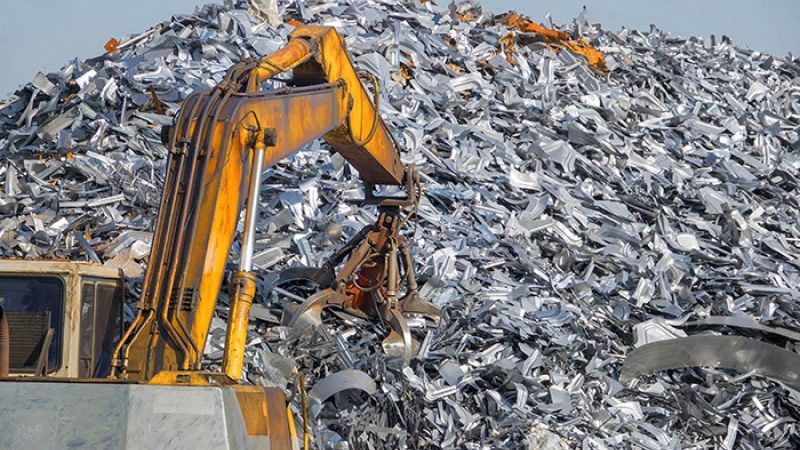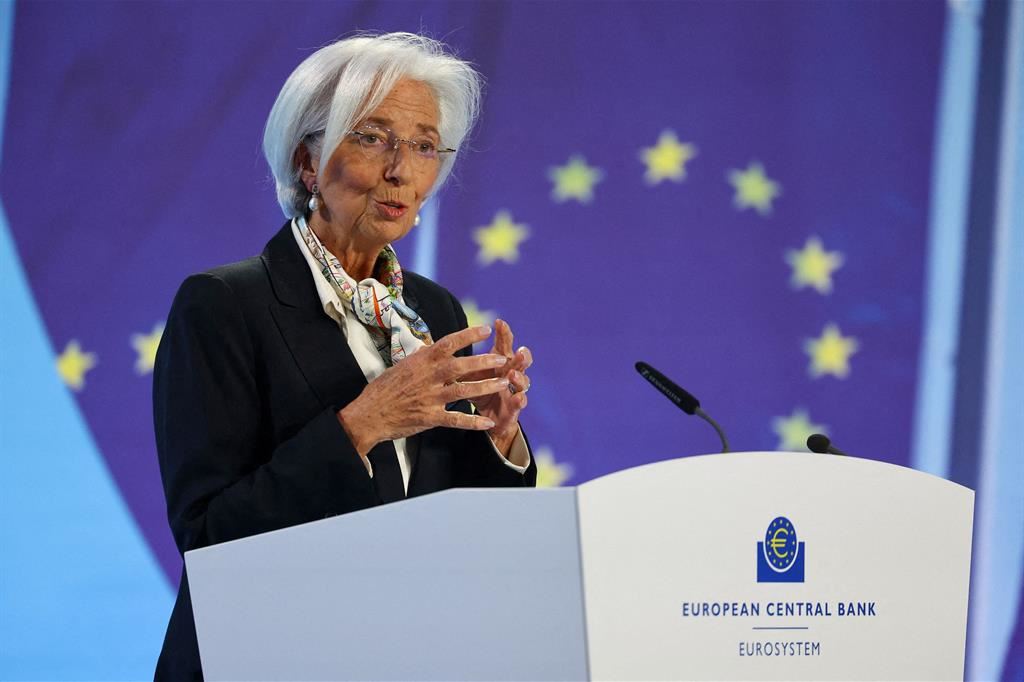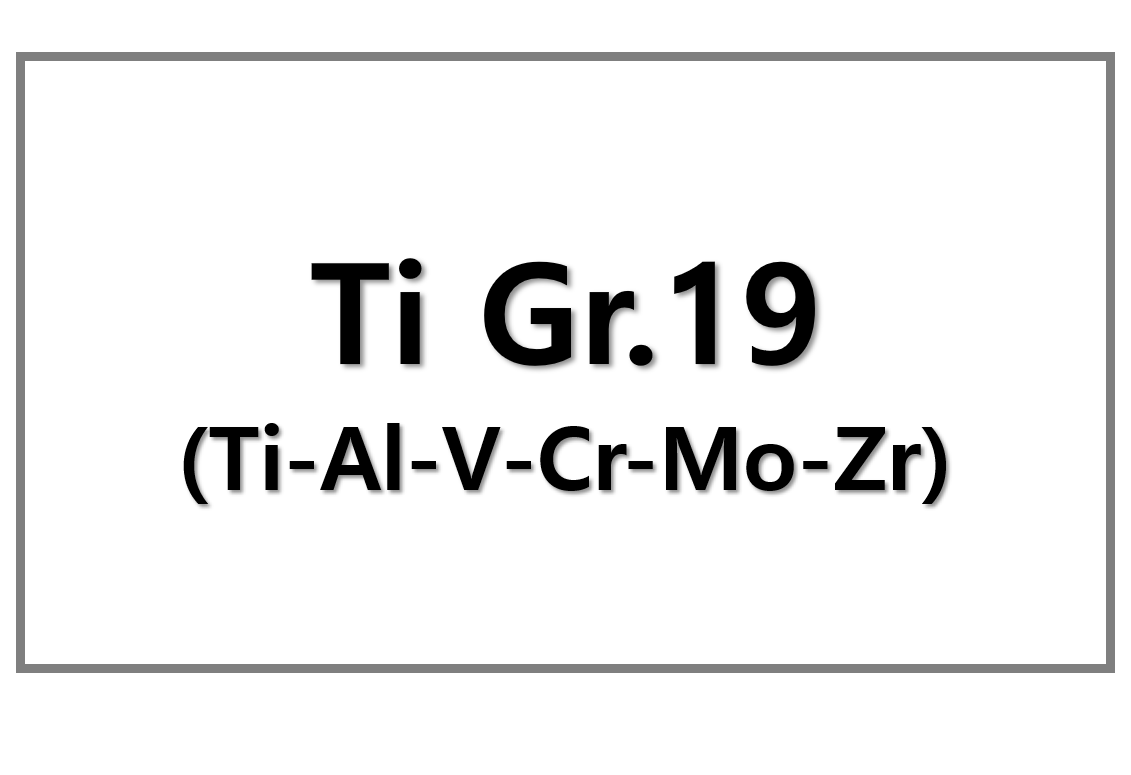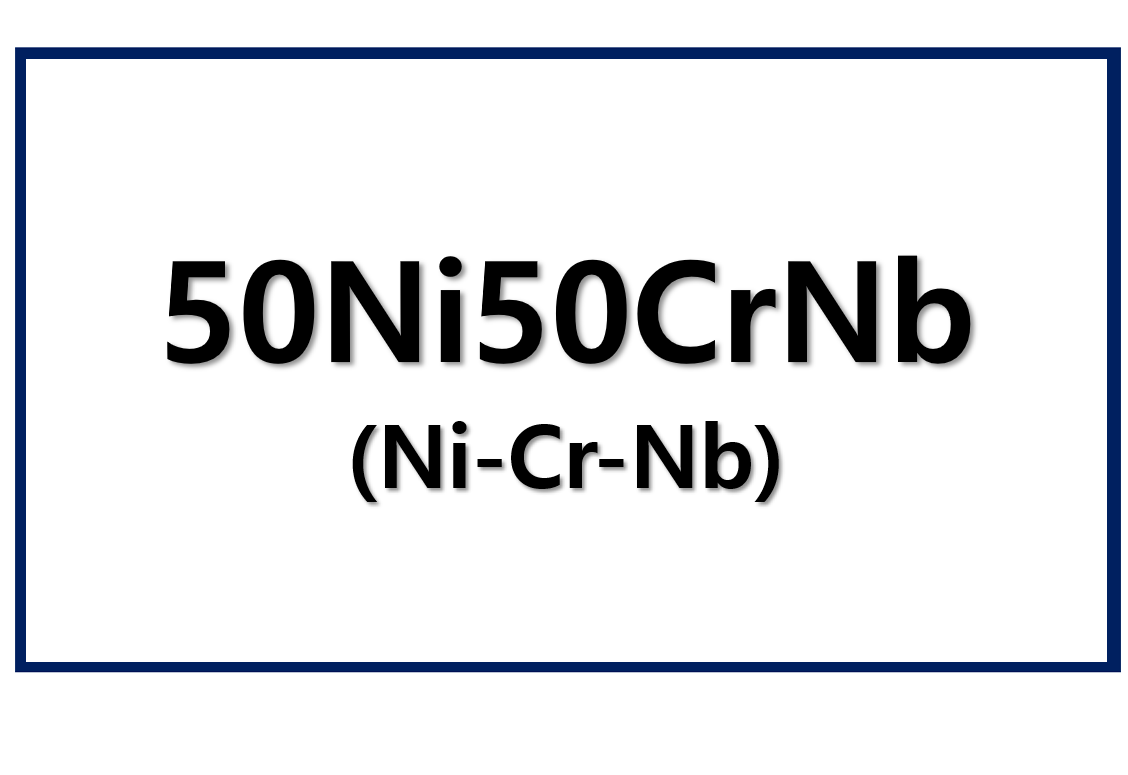
Japan’s transition to electric arc furnace (EAF) steel production is often hindered by concerns over the availability of recycled scrap. However, a recent study from the Hong Kong-based think tank Transition Asia suggests that Japan can maintain a sufficient supply of scrap to meet the growing demand for EAF production. The report, titled “Scrap Supply Should Not Hinder Japan’s Steel Transition”, analyzed the potential of Japan’s recycling capabilities and the impact on the steel sector’s decarbonization goals.
The Availability of Scrap in Japan Is Not a Major Barrier
The study, conducted by Akira Kanno of Transition Asia, asserts that the challenges around scrap availability in Japan may not be as critical as many believe. Despite the growing demand for recycled steel, Kanno emphasizes that Japan remains a net exporter of ferrous scrap. With lower-than-global-average scrap prices, Japan does not face an imminent scrap shortage. This observation challenges the common view that scrap supply will impede the country’s transition to EAF technology.
Kanno acknowledges that the availability of scrap might face long-term challenges due to potential declines in home scrap and prompt scrap generation. However, this issue is contingent on the future output of Japan’s steel and manufacturing industries. If production levels remain steady or grow, scrap availability should remain sufficient.
Efforts to Enhance Scrap Collection and Processing
Japan’s government and corporate sector are already taking proactive steps to address potential scrap shortages. These efforts include increasing domestic scrap circulation and improving the collection and processing of obsolete scrap. The Japan Iron and Steel Federation (JISF) has set an ambitious target of increasing domestic scrap circulation by approximately 6.9 million metric tons by 2030. To achieve this, Japan plans to introduce new incentive schemes and build infrastructure for high-quality scrap production.
While scrap supply looks set to remain stable, Kanno also mentions that Japan’s EAF sector may need to look at alternative sources of material, such as Direct Reduced Iron (DRI) and Hot Briquetted Iron (HBI). These materials can supplement the domestic scrap supply, and some Japanese steelmakers are already sourcing HBI from countries like Oman and the United Arab Emirates.
The Bigger Challenge: Energy Supply for Decarbonization
Despite the promising outlook for scrap availability, Kanno notes that the most significant obstacle to decarbonizing Japan’s EAF fleet is not the recycled steel supply, but access to affordable and reliable zero-carbon, renewable electricity. As Japan focuses on expanding its EAF sector, energy concerns will become increasingly important for meeting the nation’s carbon reduction targets.
Conclusion
Japan’s steel industry appears well-positioned to continue its shift toward more sustainable EAF production using recycled scrap. While challenges remain, particularly regarding future scrap supply and the need for renewable energy, Japan’s proactive measures in scrap recycling and its openness to alternative materials like DRI and HBI should ensure the smooth transition to a greener, more efficient steel sector.











Leave a Reply
You must be logged in to post a comment.